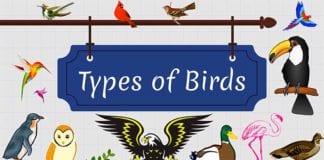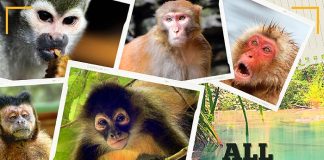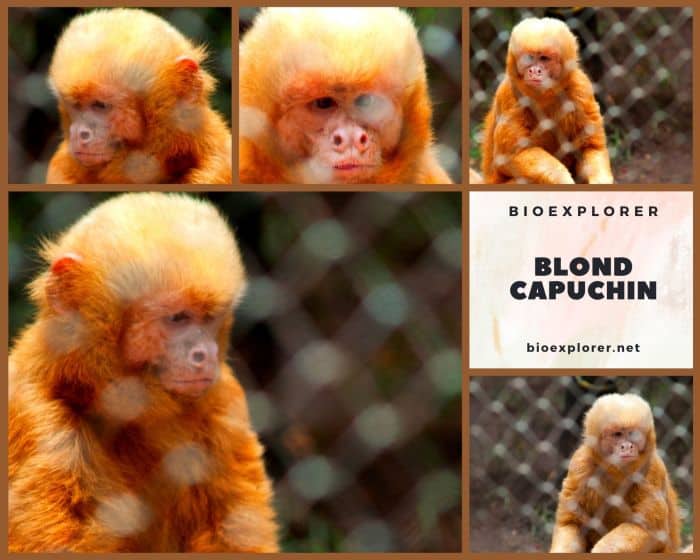
| Animalia | Primates | Cebidae | Sapajus | Sapajus flavius |
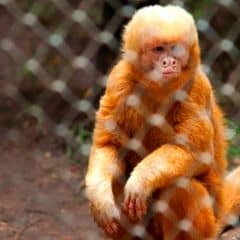

- Common Name: Blond Capuchin
- Taxonomy Classification Year: 1774
- Monkey Size: 35.6 to 38.4 cm (15.1 to 14 in)
- Skin Color(s): Golden-yellow
- Habitat: Forests
- Diet: Omnivorous
- Native Countries: Brazil
Blond Capuchin Distribution
Blond Capuchin Characteristics
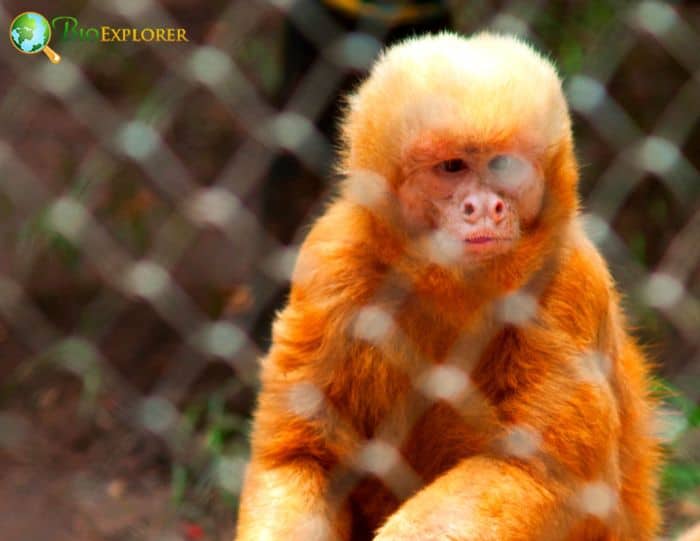
The blond capuchin monkey[1] is one of the capuchin monkeys native to northeastern Brazil.
- They get their name from the distinctive golden-blond fur on their bodies.
- These capuchin monkeys have pinkish-brown faces and black feet and palms.
- Their prehensile tail acts as a 5th hand, allowing them to grasp onto branches, freeing their hands.
- Capuchin monkeys and the closely related squirrel monkeys are the only New-World Monkeys with pseudo-opposable thumbs.
- Although they cannot rotate their thumb relative to their other fingers, they have a firm lateral grip between their thumb and forefinger, making them more dexterous than any other primate on the continent.
What Do Blond Capuchins Eat?
The Blond Capuchin mainly feeds on African Oil Palm (Elaeis guineensis)[¶].
Blond Capuchin Facts
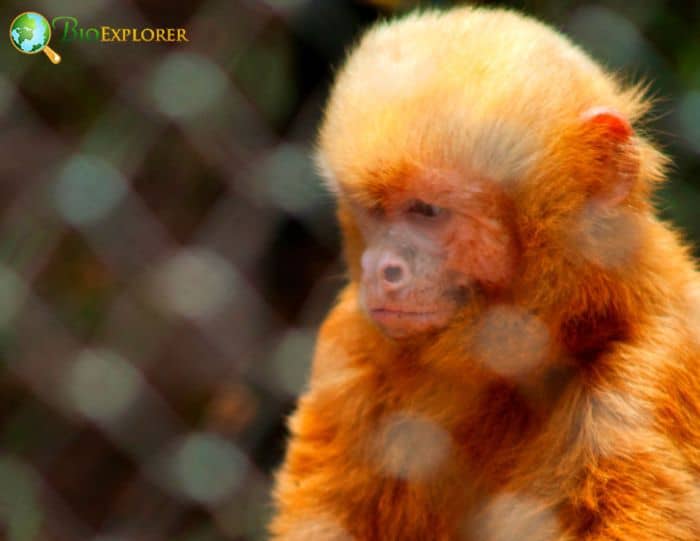
- Thanks to their ability to use tools and unique dexterity, capuchin monkeys can eat food inaccessible to other animals.
- The blond capuchin monkey can live in large groups of more than 150 individuals and, like other capuchin species, exhibits a high and complex level of sociability.
- True omnivores, blond capuchins prefer arthropods, seeds, and fruit and sometimes even eat nestlings, frogs, and small mammals.
- As arboreal quadrupeds, they prefer the forest’s lower to middle canopy and undergrowth but sometimes forage along the forest floor.
- Like other primate species, the blond capuchin is threatened by poaching and trapping for the illegal pet trade.
Suggested Reading: Different Breeds of Monkeys
Cite This Page
APA7MLA8Chicago
BioExplorer.net. (2025, April 14). Blond Capuchin. Bio Explorer. https://www.bioexplorer.net/animals/mammals/monkeys/blond-capuchin/.
BioExplorer.net. "Blond Capuchin" Bio Explorer, 14 April 2025, https://www.bioexplorer.net/animals/mammals/monkeys/blond-capuchin/.
BioExplorer.net. "Blond Capuchin" Bio Explorer, April 14 2025. https://www.bioexplorer.net/animals/mammals/monkeys/blond-capuchin/.









